How to Choose Executive Office Seating for Enhanced Productivity and Comfort
Choosing the right Executive Office Seating is pivotal to creating a productive and comfortable work environment. In today's fast-paced corporate landscape, the significance of ergonomically designed seating cannot be overstated, as it not only impacts employee well-being but also enhances overall productivity. This guide will walk you through crucial considerations such as ergonomic features, materials, and design aesthetics, ensuring that your seating choices align with organizational goals while accommodating individual preferences. From adjustable lumbar support to breathable fabrics, understanding the various elements of Executive Office Seating will empower you to make informed decisions that ultimately contribute to a more efficient workspace. In essence, the right chair can transform a routine workday into a more enjoyable and productive experience, making it essential to prioritize comfort and functionality in your office seating selections.
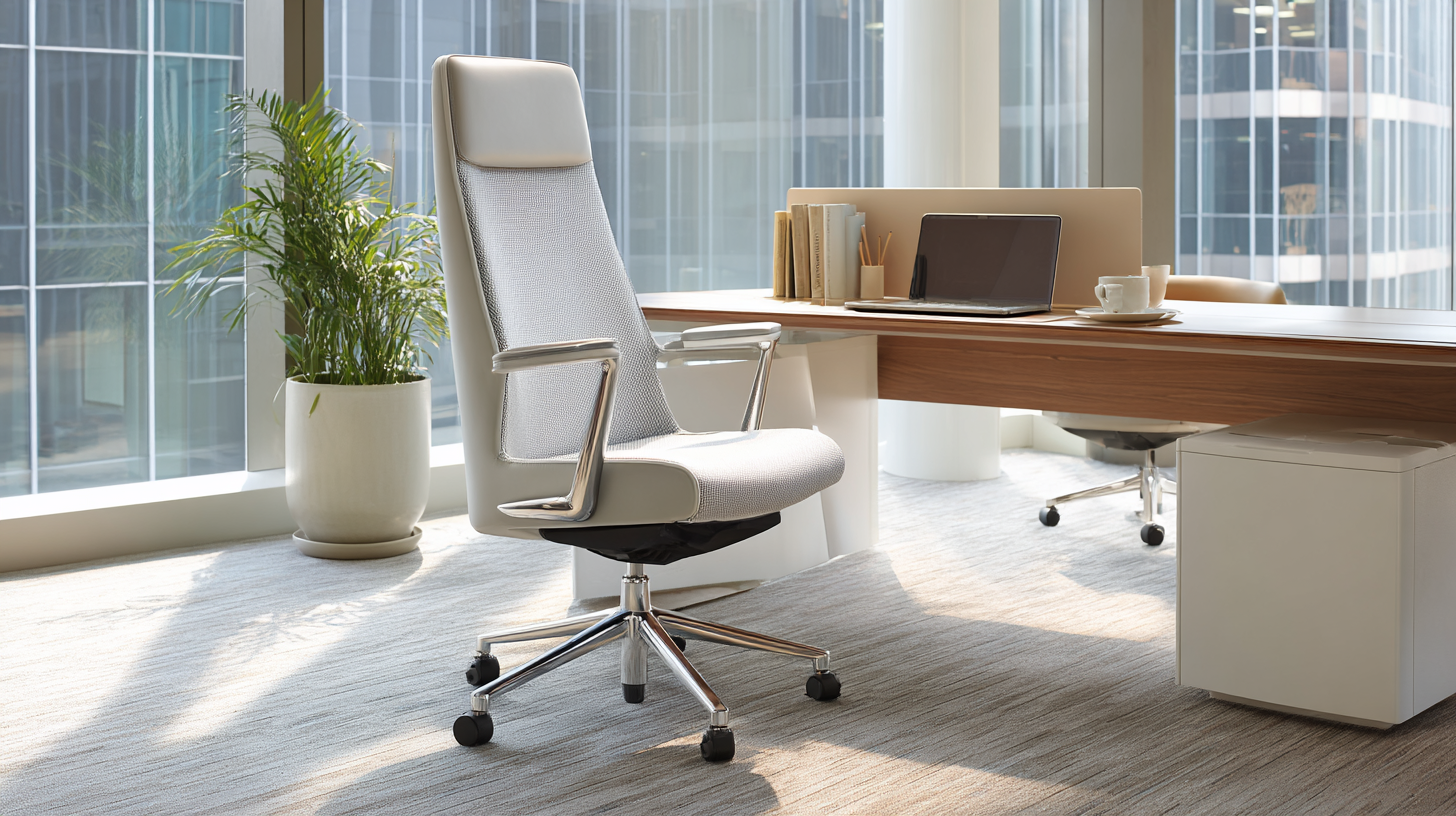
Understanding the Importance of Ergonomics in Executive Office Seating
When selecting executive office seating, understanding the importance of ergonomics is crucial for enhancing productivity and comfort. Ergonomically designed chairs support the natural alignment of the spine, reducing strain on the back, neck, and other areas prone to discomfort during long working hours. By prioritizing adjustable features—such as seat height, lumbar support, and armrest positions—executives can tailor their seating to meet their individual needs, allowing for a more personalized and effective work environment.
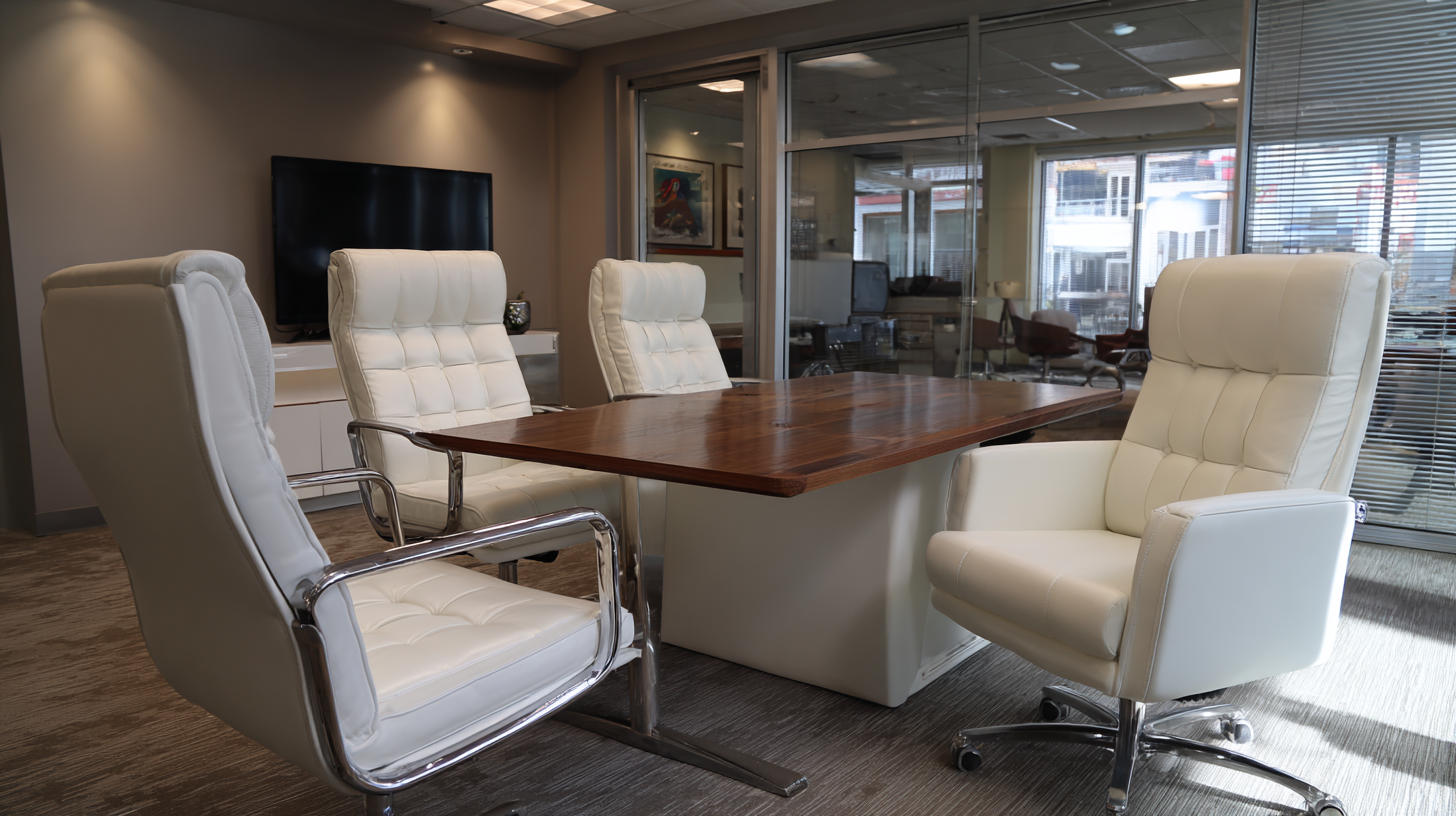
Moreover, the psychological aspect of comfortable seating cannot be overlooked. A well-designed ergonomic chair contributes not only to physical well-being but also to mental focus and motivation. When employees feel supported, they can maintain their concentration and efficiency, ultimately driving better results. Investing in high-quality ergonomic seating shows a commitment to employee health and satisfaction, fostering a culture where productivity thrives. In conclusion, ergonomic considerations are essential in selecting executive office seating that promotes long-term comfort and workplace effectiveness.
Evaluating Different Types of Office Chairs for Productivity Enhancement
When selecting executive office seating, it’s essential to evaluate different types of office chairs that can significantly enhance productivity. Ergonomic chairs, for instance, are designed to support the natural curve of the spine, allowing for prolonged periods of sitting without discomfort. Features such as adjustable height, lumbar support, and breathable materials contribute to better posture and reduce fatigue, enabling you to focus on your tasks rather than being distracted by discomfort.
**Tips:** Look for chairs that offer customizable settings, including armrests and back tilt options. A chair that can easily adapt to your body can make a tremendous difference in daily productivity.
Additionally, task chairs can be a great choice for office environments where mobility is key. These chairs typically come equipped with wheels and swivel capabilities, enabling quick transitions between different workspaces. Having a versatile chair can help maintain productivity flow, as it minimizes physical strain when reaching for materials or collaborating with colleagues.
**Tips:** Consider selecting a chair that complements the overall design of your office to create an inspiring and cohesive work environment. This not only boosts morale but also encourages creativity and engagement.
How to Choose Executive Office Seating for Enhanced Productivity and Comfort
| Chair Type | Comfort Level | Adjustability | Back Support | Price Range | Ideal Usage |
|---|---|---|---|---|---|
| Executive Leather Chair | High | Limited | Lumbar Support | $300 - $800 | Office Meetings, Conferences |
| Ergonomic Task Chair | Medium | Highly Adjustable | Full Support | $200 - $500 | Daily Work, Long Hours |
| Mesh Back Chair | High | Moderately Adjustable | Good Lumbar | $150 - $400 | General Use, Office |
| Stool Seat | Medium | Fixed | Minimal | $100 - $300 | Collaborative Spaces, Creativity |
| High-Back Gaming Chair | High | Highly Adjustable | Full Support | $250 - $600 | Gaming, Long Hours |
Key Features to Look for in Executive Office Seating for Comfort
When selecting executive office seating, comfort is paramount. According to a study by the American Psychological Association, workplace comfort significantly affects employee productivity; comfortable seating can elevate productivity by up to 17%. Thus, when choosing seating, look for features that promote ergonomic support, as they help reduce the risk of musculoskeletal disorders. Look for chairs with adjustable lumbar support to support the natural curvature of the spine, as well as adjustable armrests that allow employees to keep their elbows close to the body, reducing strain on the shoulders.
Additionally, materials play an essential role in both comfort and durability. A report from the Human Factors and Ergonomics Society indicates that temperature regulation is crucial for maintaining focus; therefore, breathable fabrics like mesh or leather with proper ventilation can enhance comfort during long work hours. Seat depth and height adjustability are also vital—ensuring that employees can customize their seating according to their body type promotes better posture and reduces fatigue. Investing in high-quality, comfortable executive seating not only enhances employee satisfaction but also fosters a more productive workplace environment.
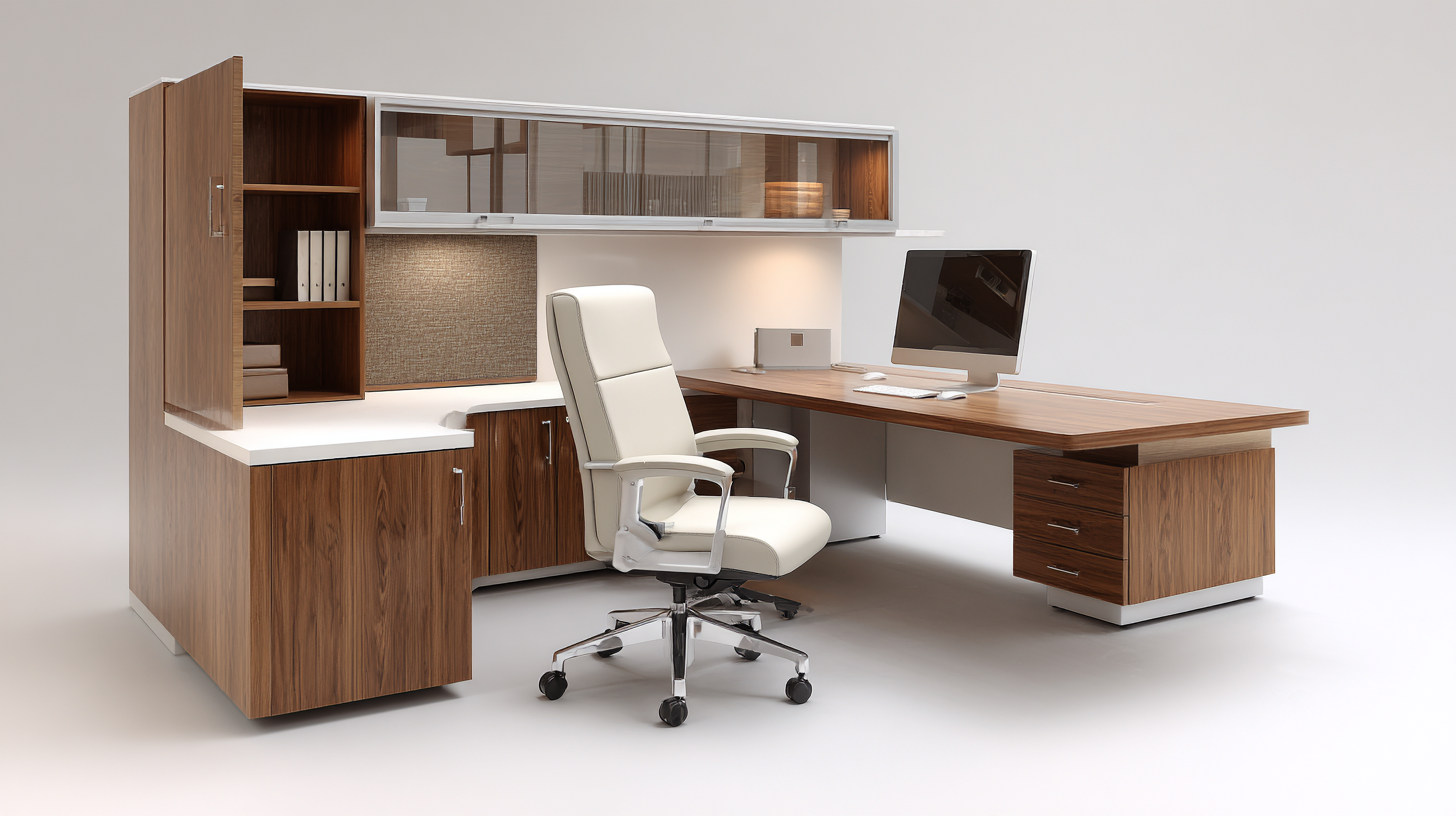
Choosing the Right Materials for Optimal Office Chair Performance
Selecting the right materials for executive office seating can significantly impact both comfort and productivity. According to a report by the American Society of Interior Designers (ASID), an ergonomic chair that encourages proper posture can boost productivity by up to 17%. When it comes to materials, the choice between high-quality leather, breathable mesh, or a combination of both is crucial. Leather offers a classic aesthetic and durability, while mesh provides enhanced ventilation, keeping the user cool during long hours of work.
Moreover, a study published by the International Journal of Environmental Research and Public Health indicates that the cushioning material used in an office chair affects user comfort levels. Memory foam, for instance, aligns with the natural body shape, reducing pressure points and promoting circulation, thus potentially reducing fatigue and discomfort. By choosing office chairs made from the right materials, organizations can create an environment that not only looks professional but also supports employee well-being, ultimately leading to enhanced productivity and satisfaction in the workplace.
Assessing Aesthetics and Brand Alignment in Office Seating Selection
When selecting executive office seating, one must carefully consider not only comfort and productivity but also aesthetics and brand alignment. The aesthetic appeal of office furniture can significantly impact the workplace atmosphere, influencing both employee satisfaction and client perceptions. A well-chosen seating arrangement that embodies the principles of Zen aesthetics, emphasizing simplicity and harmony, can create a calming environment conducive to focus and creativity. This aligns perfectly with contemporary trends towards sustainability, where less is often more, and each piece speaks to a minimalist yet functional approach.
The integration of Zen aesthetics into office seating selection offers a dual benefit of enhancing the workspace's visual appeal while promoting an environmentally responsible ethos. By adopting furniture designs that prioritize natural materials and sustainable practices, companies can reflect their brand values. This alignment not only boosts the morale of employees who feel their work environment prioritizes well-being and ecological considerations but also impresses clients who value corporate responsibility. Thus, in choosing executive office seating, aesthetics and brand alignment must work hand in hand to foster an inspiring and productive workplace.
Related Posts
-
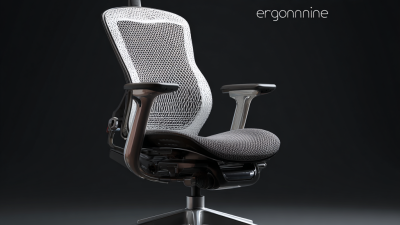
Navigating the Future of Comfort How to Choose the Best Ergonomic Chair in 2025
-
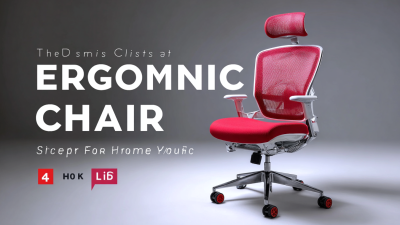
The Ultimate Checklist for Choosing the Best Ergonomic Chair for Your Home Office
-
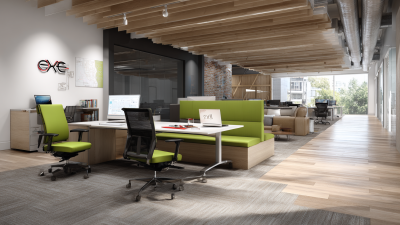
Solutions for Elevating Your Office Aesthetic with Best Executive Office Seating
-
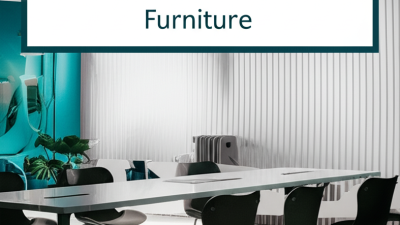
Mastering the Art of Sourcing: A Comprehensive Guide to the Best Institutional Furniture
-
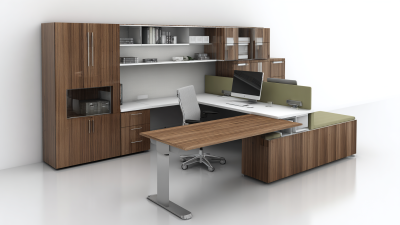
What Types of Office Furniture Tables Suit Your Workspace Needs
-
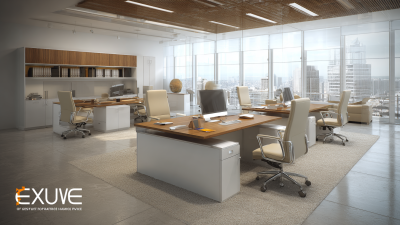
Best Executive Office Furniture Trends and Predictions for 2025 in the Corporate Marketplace
